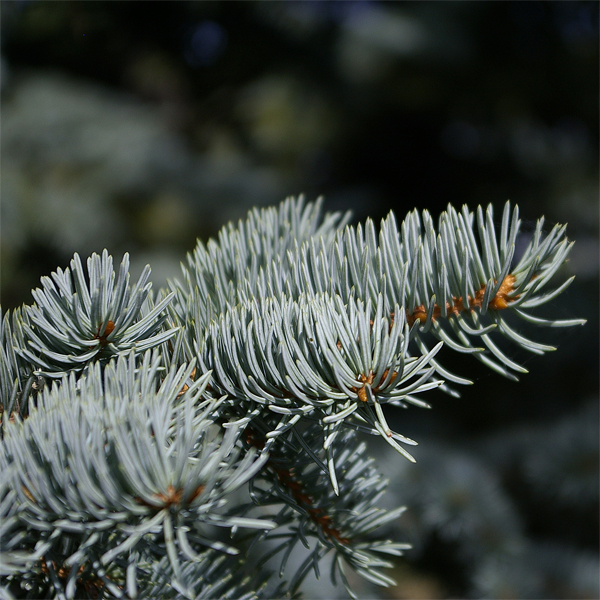
Dank and dreary, dark and dismal. Those are typical terms we New Englanders use to describe January’s lackluster landscape. Particularly in these snow-sparse years, monochromatic tones of olive-green, brown and grey evoke a faded, sepia-like view of the woodland. Hopefully a blessing of snow helps refine the scene with starker contrasts. Aptly, as our annual season-of-rest sets-in, these perceptions define our mental mood, enabling us to relax and recoup our energies for spring’s eventual rebirth.
But take just another moment and you’ll begin to discern some of this season’s unique woodland particulars: the varying branching forms of the forest pines and firs, spruce’s powdery-blue needles, the black-green curtain of hemlock foliage; an impossibly-rough-flaked trunk of the shagbark hickory; that stiff-stemmed thicket of red- and yellow-twig dogwood along the woods’ edge; winterberry’s bright crimson berries now being taken by blue jays; the stately stature of that ancient white oak, backlit by a brilliant sunset. Can any winter leaf color compete with the unique, tawny foliage so tenaciously held by the smooth grey branches of our native American beech?
Closer to home, notice the delicate branch, stem and twig tracery of the honey-locust, its trunk peppered with lichen and moss. Stewartia’s patch-mottled orange-tan-gray bark; the glossy, dark coppery-cinnamon branches of paper-bark maple; the ginger-colored and grey bark of seven-son-flower shreding from its stems and trunk in papery strips, exposing the smooth, blond-tan colored under-bark; all these are enhanced by the burnt-bronze tones of the Siberian cypress growing beneath. Slender, shockingly-bright green shoots of Scotch broom and Kerria spike upward at the garden’s edge, next spring’s blooms still tightly concealed. Stark ochre seed heads of Sedum still stand as reminders of last autumn’s intensely-colored flowers. Golden thread-leaf cypress evokes a sudden splash of sunlight next to the cellar door. Is any texture bolder than large-leaf rhododendron leaves, or the enormous bigleaf magnolia’s fallen foliage now layered on the ground?
And January’s horticulture offers further stimulation for the senses: the maiden grass stems rhythmically rustle and sing, buffeted by biting winter wind gusting through their upward-arching fawn-tinted foliage. The just-frozen lawn crunches beneath our boot on our walk out to the compost pile; enjoy the unique crisp pungency carried by the fresh winter breeze. Taste the now-fermenting tangy sweetness of the red-orange hawthorn berries (but spit out the seeds!). Brush your hand along the vibrant-mahogany leaves of the PJM rhododendron and the apple-green foliage of April Snow rhododendron to release their surprisingly-pungent, spicy fragrance.
Defying January’s commonly-perceived paucity of interest, the winter woods and our own gardens hold countless seasonal pleasures just waiting to be appreciated. Perhaps these few examples inspire you to look a bit more closely, to be rewarded by unexpected discoveries, converting your winter mood from boring resignation to enchantment with such sensory treasures to be savored.









